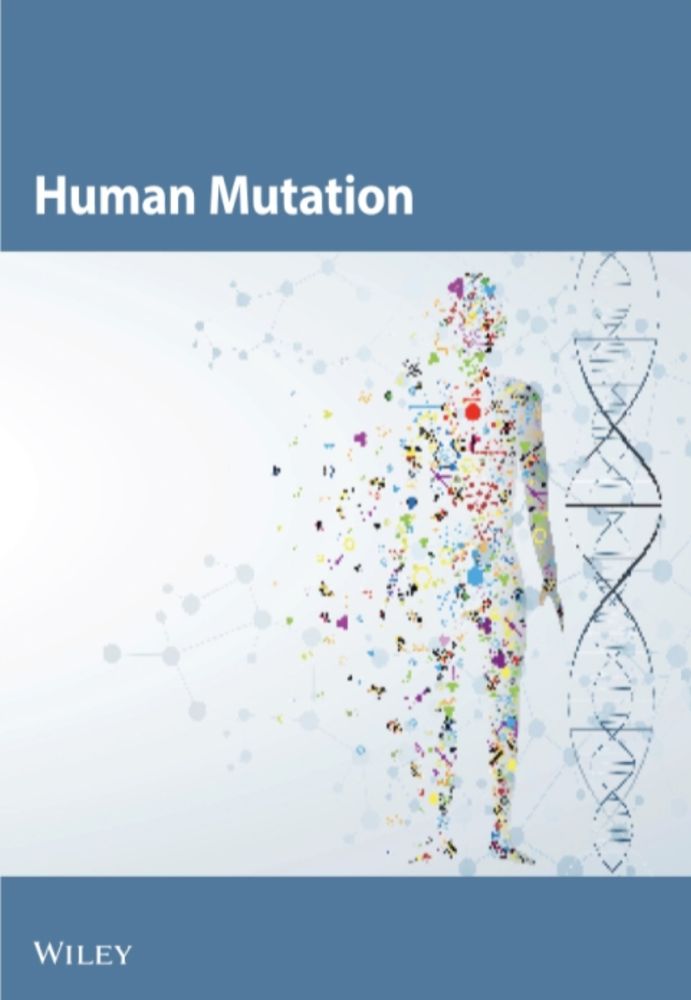Replication-associated mechanisms contribute to an increased CpG > TpG mutation burden in mismatch repair-deficient cancers - Genome Medicine
Background Single base substitution (SBS) mutations, particularly C > T and T > C, are increased owing to unrepaired DNA replication errors in mismatch repair-deficient (MMRd) cancers. Excess CpG > TpG mutations have been reported in MMRd cancers defective in mismatch detection (dMutSα), but not in mismatch correction (dMutLα). Somatic CpG > TpG mutations conventionally result from unrepaired spontaneous deamination of 5’-methylcytosine throughout the cell cycle, causing T:G mismatches and signature SBS1. It has been proposed that MutSα detects those mismatches, prior to error correction by base excision repair (BER). However, other evidence appears inconsistent with that hypothesis: for example, MutSα is specifically expressed in S/G2 phases of the cell cycle, and defects in replicative DNA polymerase proofreading specifically cause excess CpG > TpG mutations in signature SBS10b. Methods We analysed mutation spectra and COSMIC mutation signatures in whole-genome sequencing data from 1803 colorectal cancers (164 dMutLα, 20 dMutSα) and 596 endometrial cancers (103 dMutLα, 9 dMutSα) from the UK 100,000 Genomes Project. We mapped each C > T mutation to its genomic features, including normal DNA methylation state, replication timing, transcription strand, and replication strand, to investigate the mechanism(s) by which these mutations arise. Results We confirmed that dMutSα tumours specifically had higher CpG > TpG burdens than dMutLα tumours. We could fully reconstitute the observed dMutSα CpG > TpG mutation spectrum by adding CpG > TpG mutations in proportion to their SBS1 activity to the dMutLα spectrum. However, other evidence indicated that the SBS1 excess in dMutSα cancers did not come from 5’-methylcytosine deamination alone: non-CpG C > T mutations were also increased in dMutSα cancers; and, in contrast to tumours deficient in BER, CpG > TpG mutations were biased to the leading DNA replication strand, at similar levels in dMutSα and dMutLα cancers, suggesting an origin in DNA replication. Other substitution mutations usually corrected by BER were not increased in dMutSα tumours. Conclusions There is a CpG > TpG and SBS1 excess specific to dMutSα MMRd tumours, consistent with previous reports, and we find a general increase in somatic C > T mutations. Contrary to some other studies, the similar leading replication strand bias in both dMutSα and dMutLα tumours indicates that at least some of the excess CpG > TpG mutations arise via DNA replication errors, and not primarily via the replication-independent deamination of 5’-methylcytosine.





















